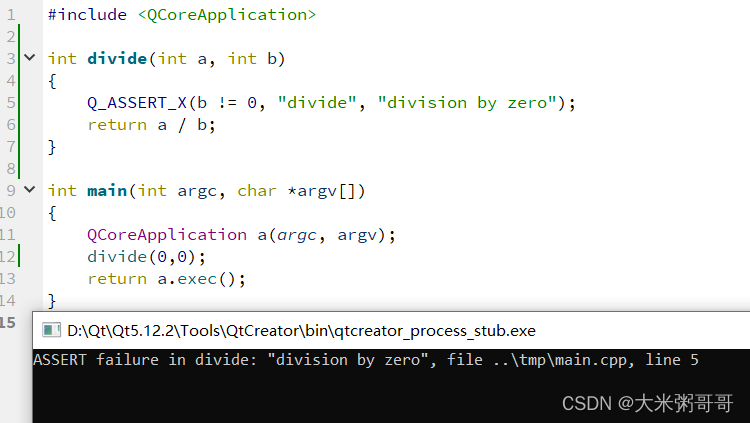@SpringBootApplication
public class DistApplication {
public static void main(String[] args) {
// 启动入口SpringApplication.run()
SpringApplication.run(DistApplication.class, args);
}
}
1、服务构建
这里"服务"指的是SpringApplication对象,服务构建就是指创建SpringApplication对象。
创建对象肯定离不开构造器,SpringApplication类的构造器如下
// 一般都使用这个构造器
public SpringApplication(ResourceLoader resourceLoader, Class<?>... primarySources) {
// 1.记录传入的资源加载器
this.resourceLoader = resourceLoader;
Assert.notNull(primarySources, "PrimarySources must not be null");
// 2.记录主方法类(是一个set集合)
this.primarySources = new LinkedHashSet<>(Arrays.asList(primarySources));
// 3.确定Web服务类型(reactive / servlet / node)
// 确定方式也很简单就是判断当前工程是否存在一些特殊的类如 org.springframework.web.reactive.DispatcherHandler 就是reactive类型
// 默认是 servlet
this.webApplicationType = WebApplicationType.deduceFromClasspath();
// 4.加载初始化类 - 读取当前工程所有META-INF/spring.factories 文件(这个文件配置了上下问题初始化配置类、监听器类等)
// BootstrapRegistryInitializer 启动注册初始化器,SpringBoot本身没有默认的"注册初始化"器所以这里是加载不到注册初始化器除非是有自定义的
this.bootstrapRegistryInitializers = new ArrayList<>(
getSpringFactoriesInstances(BootstrapRegistryInitializer.class));
// ApplicationContextInitializer 上下文初始化器
setInitializers((Collection) getSpringFactoriesInstances(ApplicationContextInitializer.class));
// ApplicationListener 监听器
setListeners((Collection) getSpringFactoriesInstances(ApplicationListener.class));
// 5.通过运行栈 stackTrace 判断出 main 方法所在的类(就是启动类本身)
// 后面发布启动事件要用
this.mainApplicationClass = deduceMainApplicationClass();
// 至此 SpringApplication 对象就构造完成了
}
以监听器为例

然后就是调用run()进入环境准备阶段,详见以下代码
public static ConfigurableApplicationContext run(Class<?>[] primarySources, String[] args) {
// 创建完 SpringApplication 对象后调用run()方法
return new SpringApplication(primarySources).run(args);
}
2、环境准备
这个阶段主要就是为即将要诞生的"容器"做一些充足的准备。
public ConfigurableApplicationContext run(String... args) {
if (this.registerShutdownHook) {
SpringApplication.shutdownHook.enableShutdownHookAddition();
}
long startTime = System.nanoTime();
// 1.创建 DefaultBootstrapContext 对象,并逐一调用initialize()启动注册初始化器的初始化方法(刚刚从 META-INF/spring.factories 文件加载到的 BootstrapRegistryInitializer)
// 默认情况下这里只是创建了 DefaultBootstrapContext 对象,因为SpringBoot没有默认的注册初始化器
DefaultBootstrapContext bootstrapContext = createBootstrapContext();
ConfigurableApplicationContext context = null;
// 2.设置系统环境变量 java.awt.headless=true 表示缺少显示器、键盘等输入设备也可以正常启动
configureHeadlessProperty();
// 3.启动"服务"本身的运行监听器
SpringApplicationRunListeners listeners = getRunListeners(args);
// 4.发布启动事件(事件监听者为前面我们从 META-INF/spring.factories 文件加载到的7个监听器)
listeners.starting(bootstrapContext, this.mainApplicationClass);
try {
ApplicationArguments applicationArguments = new DefaultApplicationArguments(args);
ConfigurableEnvironment environment = prepareEnvironment(listeners, bootstrapContext, applicationArguments);
Banner printedBanner = printBanner(environment);
context = createApplicationContext();
context.setApplicationStartup(this.applicationStartup);
prepareContext(bootstrapContext, context, environment, listeners, applicationArguments, printedBanner);
refreshContext(context);
afterRefresh(context, applicationArguments);
Duration timeTakenToStartup = Duration.ofNanos(System.nanoTime() - startTime);
if (this.logStartupInfo) {
new StartupInfoLogger(this.mainApplicationClass).logStarted(getApplicationLog(), timeTakenToStartup);
}
listeners.started(context, timeTakenToStartup);
callRunners(context, applicationArguments);
}
catch (Throwable ex) {
throw handleRunFailure(context, ex, listeners);
}
try {
if (context.isRunning()) {
Duration timeTakenToReady = Duration.ofNanos(System.nanoTime() - startTime);
listeners.ready(context, timeTakenToReady);
}
}
catch (Throwable ex) {
throw handleRunFailure(context, ex, null);
}
return context;
}

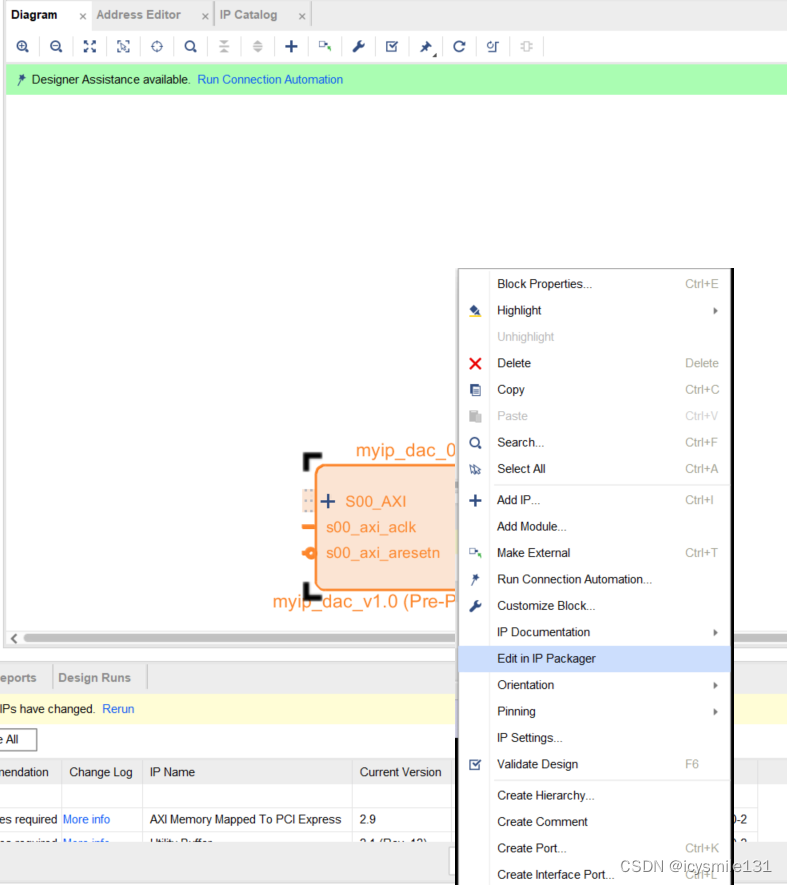

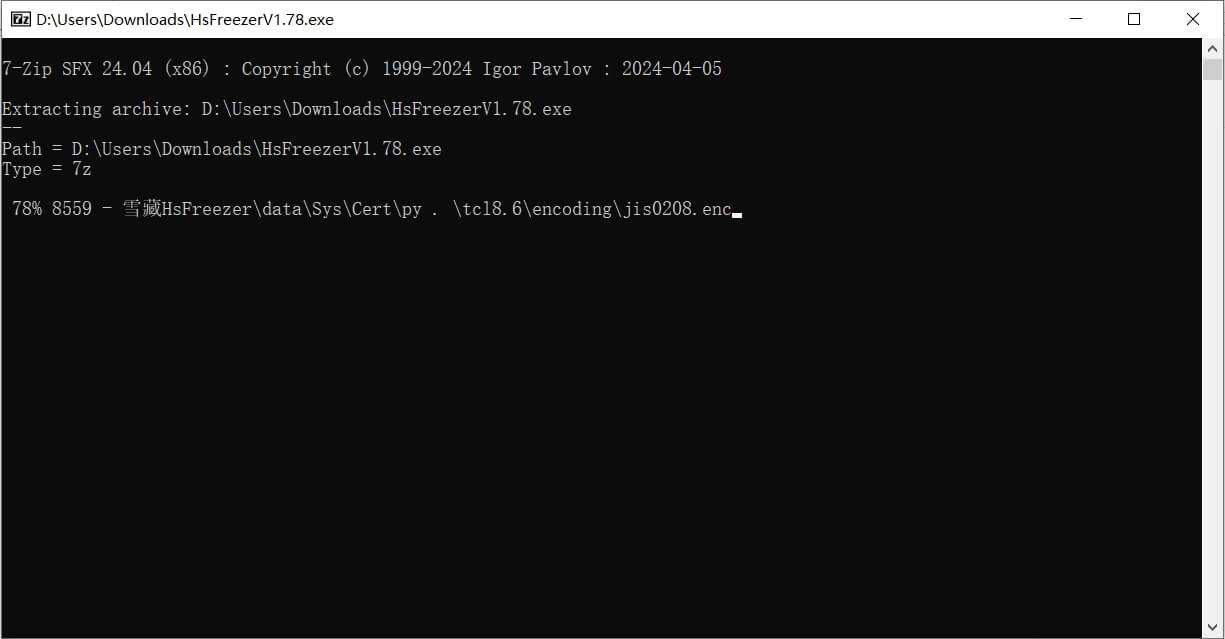
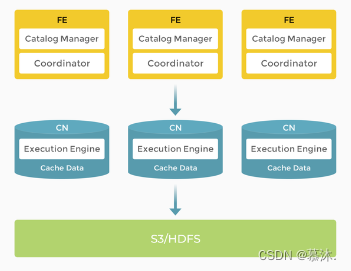
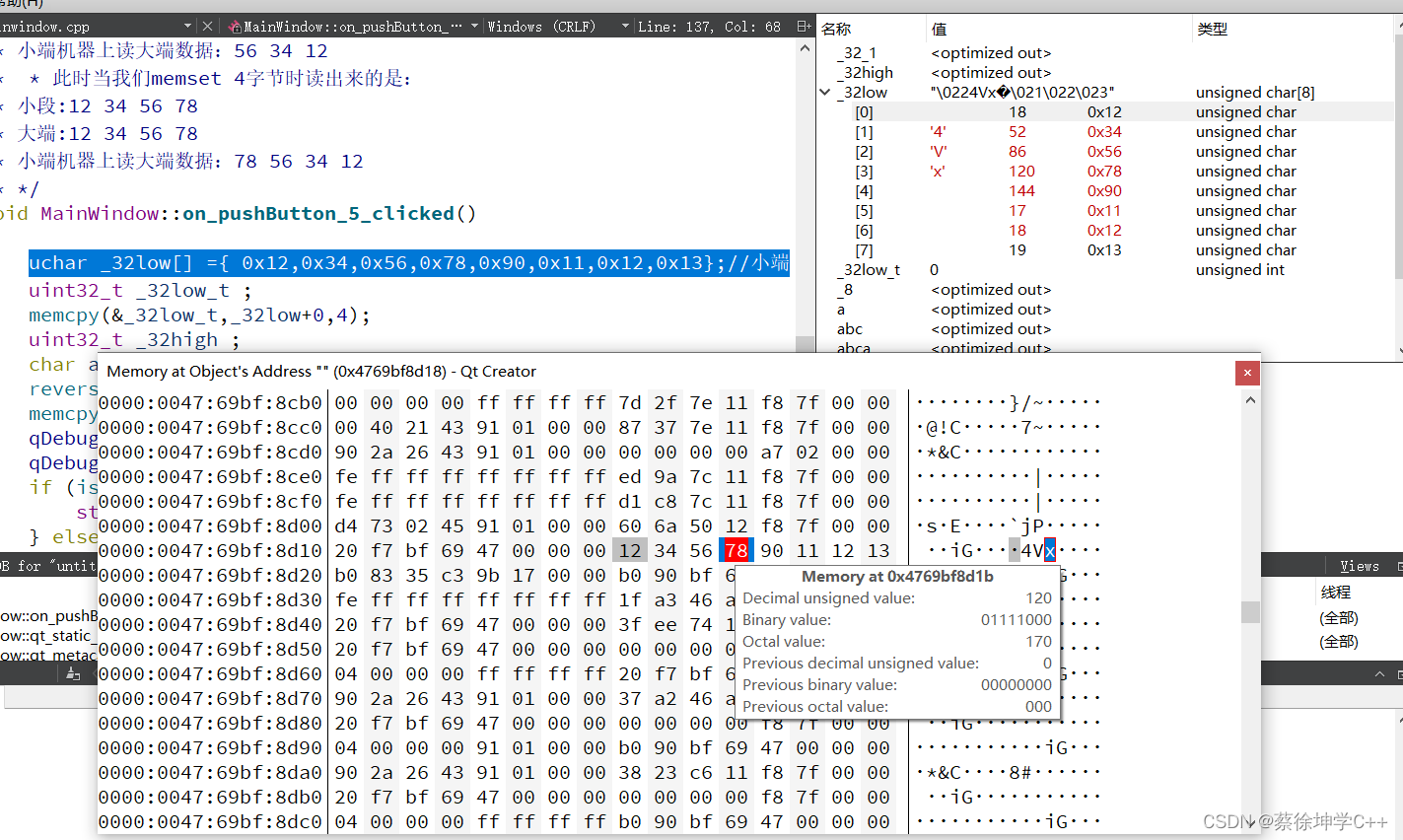


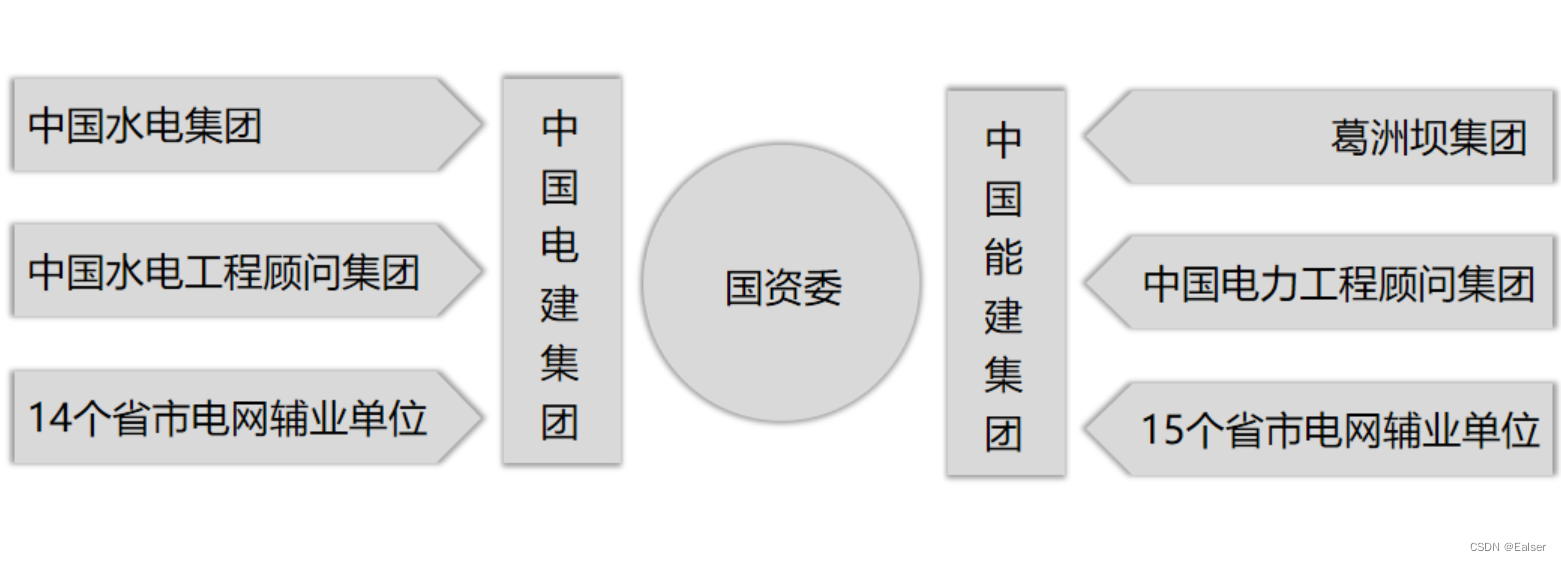


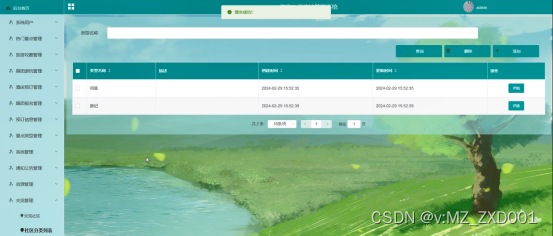
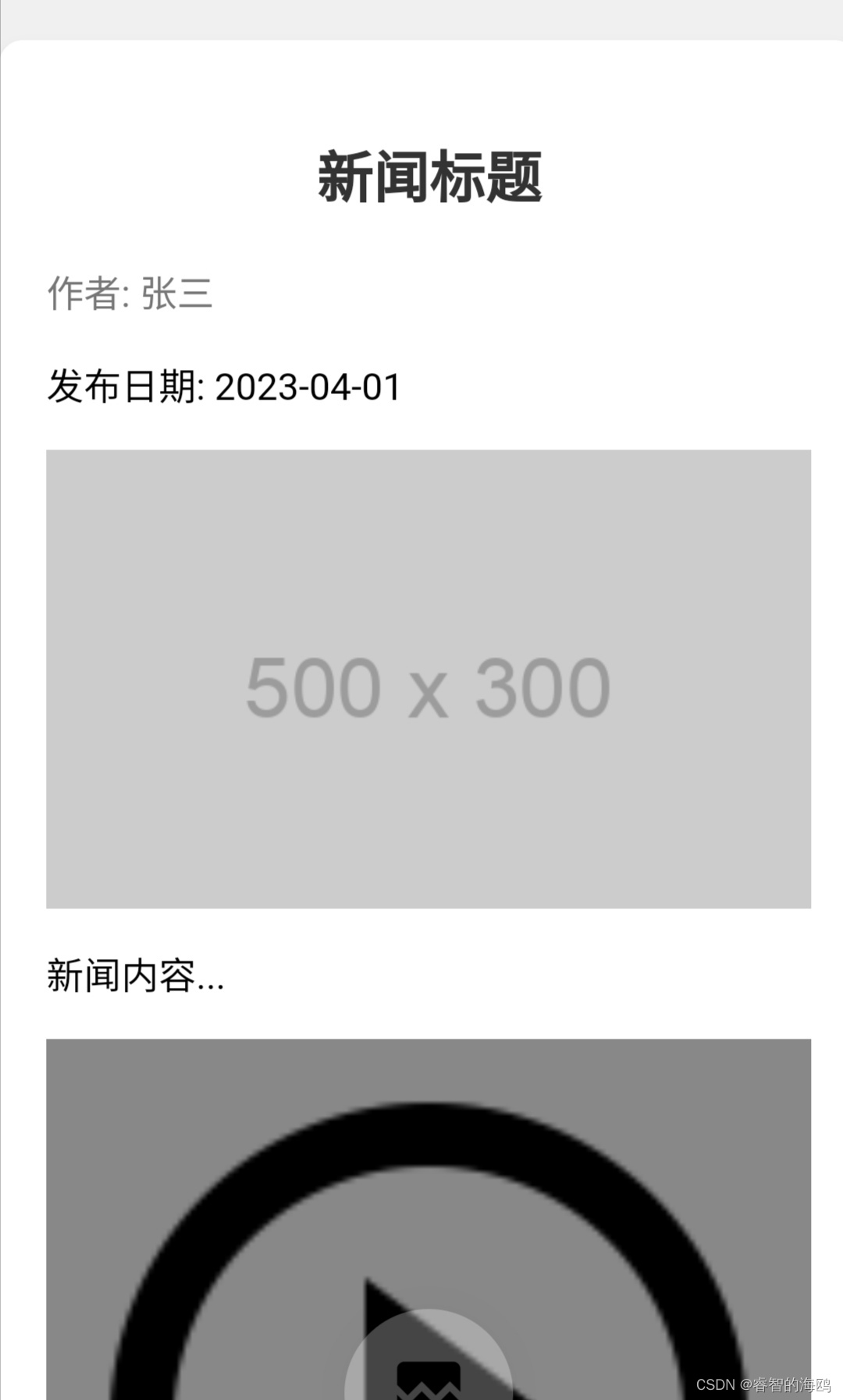
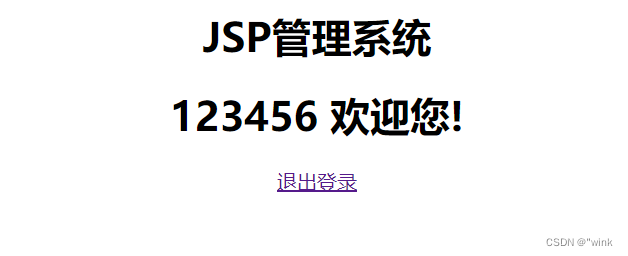

![[译]Reactjs性能篇](https://img-home.csdnimg.cn/images/20230724024159.png?origin_url=https%3A%2F%2Ffacebook.github.io%2Freact%2Fimg%2Fdocs%2Fshould-component-update.png&pos_id=img-oQfScO9b-1720015041810)

